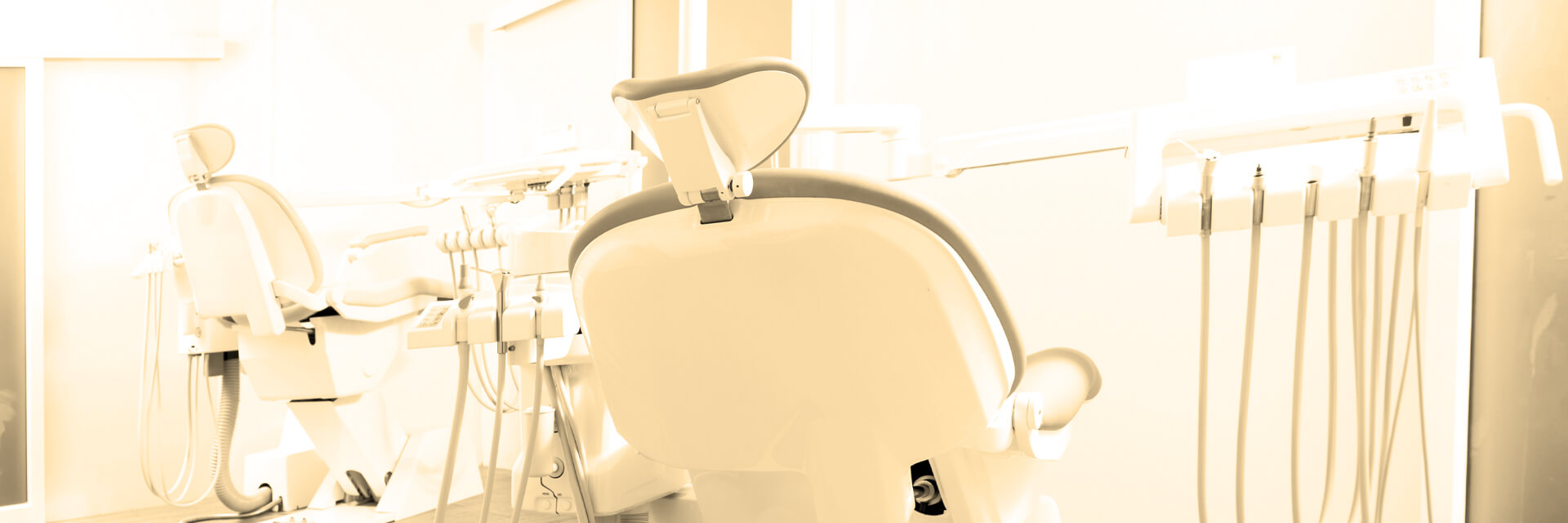
Tenant Improvement Allowance for Dentists Leasing Office Space
- Published
- Mar 2, 2021
- By
- Erick Cutler
- Share
When you lease an office space, it’s likely that you’ll need to make significant changes to the space to turn it into a successful dental practice. Some landlords provide a tenant improvement (TI) allowance that provides funding for these changes. To make the most of this money, you’ll need to fully understand how a tenant improvement allowance works and what you need to do to be eligible for the money.
What Is a Tenant Improvement Allowance?
A tenant improvement allowance is money that is provided by a landlord to allow you to build-out or retrofit an office space so that it meets your needs. It is usually a key part of the lease negotiation, so it’s vital to understand the different types of TI allowances and how they can benefit your dental business.
How Much Can You Expect From a Tenant Improvement Allowance?
The exact size of your TI allowance depends on the outcome of your negotiations with the landlord. You should draw up an estimate of how much allowance you need to convert the space into a functioning dentist’s office. If you have no idea of the costs involved in the transformation, consult a space planner or designer to help you come up with an accurate estimate. If you negotiate a TI allowance that is too low, you could end up facing very large costs that you must pay out of pocket to bring your space up to spec.
Typically, TI allowances are calculated per square foot. The allowance could be as low as $10 per square foot, or could be much higher, depending on your needs and what you can negotiate with the landlord.
Pros and Cons of Turnkey Build-outs
A turnkey build-out is an arrangement where the landlord directly covers the whole cost of the build-out. In this situation, the landlord controls the build-out process and gets the final say on the changes that are made. The other option is a TI allowance with a stated dollar amount, in which case the landlord provides a specified amount that you can use as you want to transform the space.
The main advantage of a turnkey build-out is that any unexpected costs are borne by the landlord. The problem with this kind of arrangement is that the landlord has an incentive to complete the project for as low a budget as possible, which may involve sacrificing quality to keep costs low.
A stated dollar amount TI allowance gives the tenant more control over the project. Under this type of agreement, it is your responsibility to manage the construction. Although this can be time-consuming, it also means that you have the option of choosing materials and contractors that can deliver the level of quality you need. Bear in mind that you are also responsible for covering the cost of any budget overruns. However, if you bring in the project under budget, you get to keep the rest of the tenant improvement allowance.
Key Negotiating Points
When negotiating a TI allowance with your landlord, you need to consider not only the hard costs of physically remodeling the office space, but also soft costs such as architect and attorney fees. Landlords often prefer tenant allowances that cover only the hard construction costs, but an allowance that also covers soft costs could save you a lot of money.
You may also want to negotiate the right to use any leftover portion of the TI allowance to make future improvements. This gives you the opportunity to upgrade your space at some future time to accommodate the growing needs of your dental business. For example, you may want to add facilities that allow you to offer a greater range of treatments or treat more patients at the same time.
Tax Implications of Tenant Improvement Allowances
If the landlord pays for and controls the improvements, the investment made by the landlord is typically tax deductible. In situations where the tenant controls the construction process, the allowance is taxed as income in the year in which it was received.
There is one way to avoid having the allowance be counted as taxable income, which is to use Section 110 of the Internal Revenue Code. You can only use this code if the lease term is 15 years or fewer and both you and the landlord are willing to disclose certain information through your tax returns.
Any part of the allowance that you don't use within eight and a half months of the end of the tax year in which you received it can't be included under Section 110. Instead, it is counted as gross income and subject to tax.
Reporting Requirements
Your agreement with the landlord may include a clause that requires you to report how you spent the money. Keep detailed records of every purchase you make and every contractor you hire while you work to transform your office space into a dental practice. You may need to provide these records to the landlord or to the IRS if you try to claim a tax exemption for the improvements you have made.
A tenant improvement allowance is a key part of any office lease and is something that no new dentist can afford to overlook. When leasing office space, be sure to carefully research how much it would cost to transform the space and try to negotiate a deal where your landlord helps you to meet those costs.
What's on Your Mind?
Start a conversation with Erick
Receive the latest business insights, analysis, and perspectives from EisnerAmper professionals.







